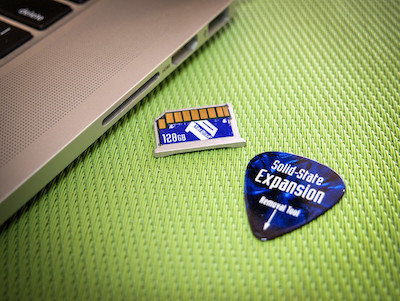
A lot of people’s primary camera is their smartphone. It’s portable, good resolution, and always with you but what happens when a “not enough storage” warning pops up? Well, you can try offloading pictures and video to your laptop but maybe that’s full too. Fortunately there are some options on backing on photos you’ve already taken on your phone so you can have space to take more.
Here’s how to handle photos on your phone when it’s out of storage space.
Clear Up Space Elsewhere
Before going nuclear on your photo albums, start with some basic clean up. Obviously check for any duplicate photos or those taken in sequence (you know the one that turned out good, delete the rest). Sorting through and deleting photos and videos you don’t need is good practice because like clutter in your house, there’s only so many cabinets you can stash crap away in. Eventually, you need to clean the house.
You should also check the rest of your phone for common storage culprits. Here’s how to see what’s taking up space on your phone:
- Android: Depending on the version you’re using the exact steps will vary but generally going into Settings > Storage will show you bloated apps.
- iOS: On most of the latest versions, go to General > Device Storage
Some storage hungry apps tend to be Whatsapp (all those memes you’ve been texting add up) and Podcasts (particularly on iOS).
Cloud Options
Assuming you’ve cleaned up what you can, if you’re still low on storage space, try looking at cloud options. Both Android and iOS devices have services that let you upload your photos and videos to online storage, freeing up space on your phone. All of you media will still be accessible if you want to download it but will live in the cloud otherwise.

- Android: Some options include Google Photos (free up to 15 gigabytes) and Google One ($1.99/month for 100GB).
- iOS: iCloud is Apple’s service that starts at 99 cents in the U.S. (prices vary internationally) for 50GB of storage up to to terabytes for $9.99 a month.
There are a lot of other cloud options but keep in mind, anything that goes to the cloud is more vulnerable than it is on your physical device. Check the privacy policies and use two factor authentication before using any cloud provider to backup photos.
Physical Drives
For phones that can charge wirelessly, SanDisk’s Ixpand can both automatically backup photos and charge your phone, acting as a backup drive. Older phone users that don’t support wireless charging can check out drives that plug in directly, like the iDiskk Photo Stick for iOS devices or SanDisk Dual Drive for Android.
These direct-to-phone options though require a (free) app download to use them. No problem there but be sure to carefully read the privacy policies and permissions of the app prior to using it. Some do allow manufacturers to access your photos – and to be extra cautious, make sure you turn on airplane mode once you get the app and transfer your photos to the drive without an Internet connection.













That’s a great read. Thanks for sharing this quick tip, Anil.
Glad it was helpful!